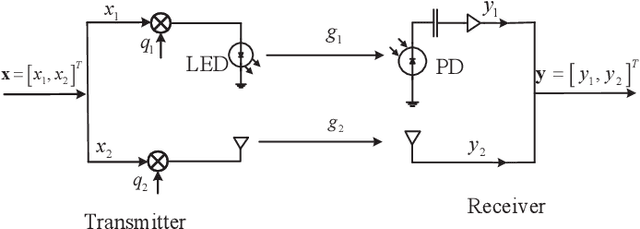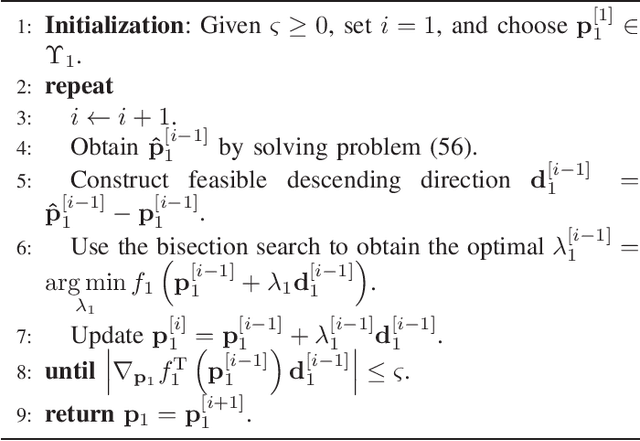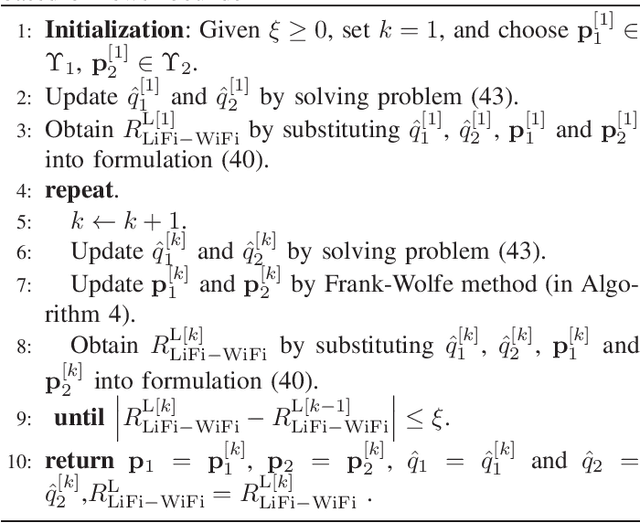Jiaheng Wang
Reinforcement Learning for Safe Autonomous Two Device Navigation of Cerebral Vessels in Mechanical Thrombectomy
Mar 31, 2025Abstract:Purpose: Autonomous systems in mechanical thrombectomy (MT) hold promise for reducing procedure times, minimizing radiation exposure, and enhancing patient safety. However, current reinforcement learning (RL) methods only reach the carotid arteries, are not generalizable to other patient vasculatures, and do not consider safety. We propose a safe dual-device RL algorithm that can navigate beyond the carotid arteries to cerebral vessels. Methods: We used the Simulation Open Framework Architecture to represent the intricacies of cerebral vessels, and a modified Soft Actor-Critic RL algorithm to learn, for the first time, the navigation of micro-catheters and micro-guidewires. We incorporate patient safety metrics into our reward function by integrating guidewire tip forces. Inverse RL is used with demonstrator data on 12 patient-specific vascular cases. Results: Our simulation demonstrates successful autonomous navigation within unseen cerebral vessels, achieving a 96% success rate, 7.0s procedure time, and 0.24 N mean forces, well below the proposed 1.5 N vessel rupture threshold. Conclusion: To the best of our knowledge, our proposed autonomous system for MT two-device navigation reaches cerebral vessels, considers safety, and is generalizable to unseen patient-specific cases for the first time. We envisage future work will extend the validation to vasculatures of different complexity and on in vitro models. While our contributions pave the way towards deploying agents in clinical settings, safety and trustworthiness will be crucial elements to consider when proposing new methodology.
Optimal Discrete Constellation Inputs for Aggregated LiFi-WiFi Networks
Nov 04, 2021



Abstract:In this paper, we investigate the performance of a practical aggregated LiFi-WiFi system with the discrete constellation inputs from a practical view. We derive the achievable rate expressions of the aggregated LiFi-WiFi system for the first time. Then, we study the rate maximization problem via optimizing the constellation distribution and power allocation jointly. Specifically, a multilevel mercy-filling power allocation scheme is proposed by exploiting the relationship between the mutual information and minimum mean-squared error (MMSE) of discrete inputs. Meanwhile, an inexact gradient descent method is proposed for obtaining the optimal probability distributions. To strike a balance between the computational complexity and the transmission performance, we further develop a framework that maximizes the lower bound of the achievable rate where the optimal power allocation can be obtained in closed forms and the constellation distributions problem can be solved efficiently by Frank-Wolfe method. Extensive numerical results show that the optimized strategies are able to provide significant gains over the state-of-the-art schemes in terms of the achievable rate.
 Add to Chrome
Add to Chrome Add to Firefox
Add to Firefox Add to Edge
Add to Edge